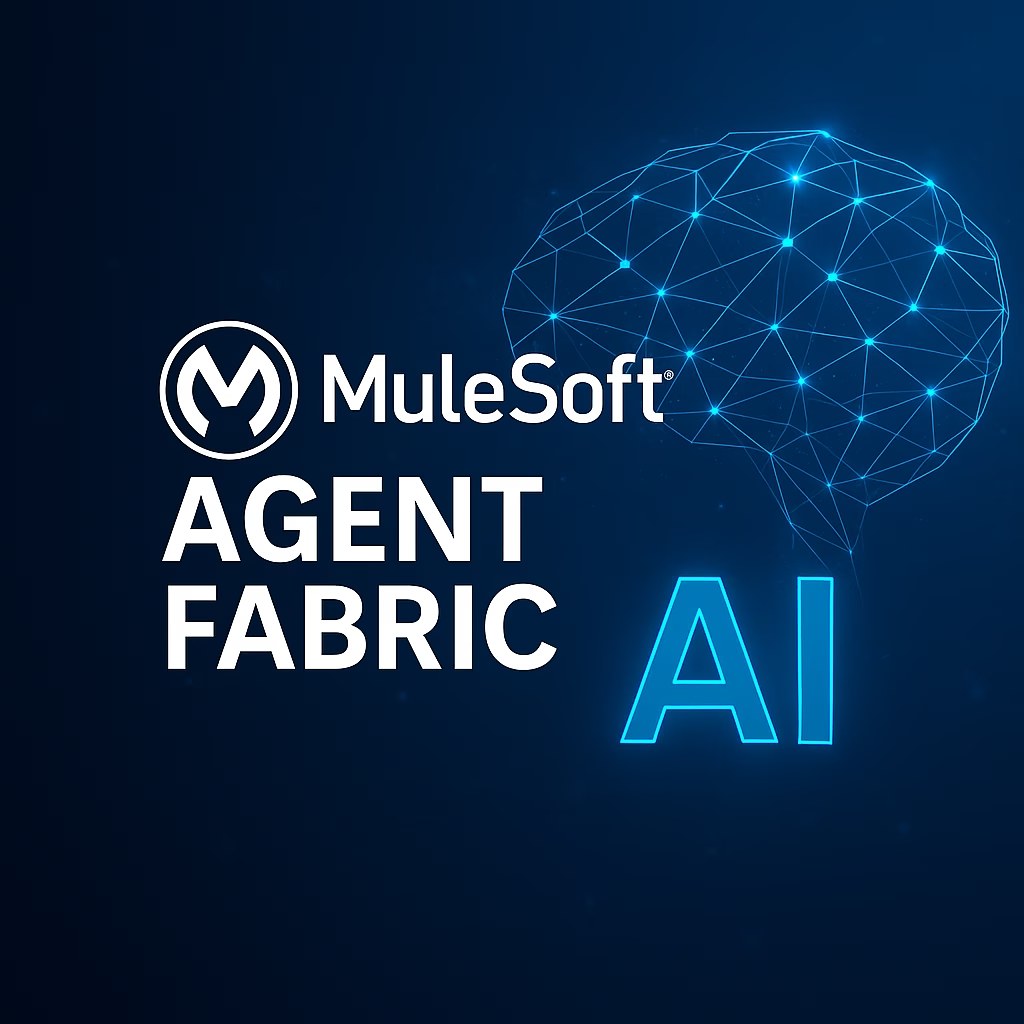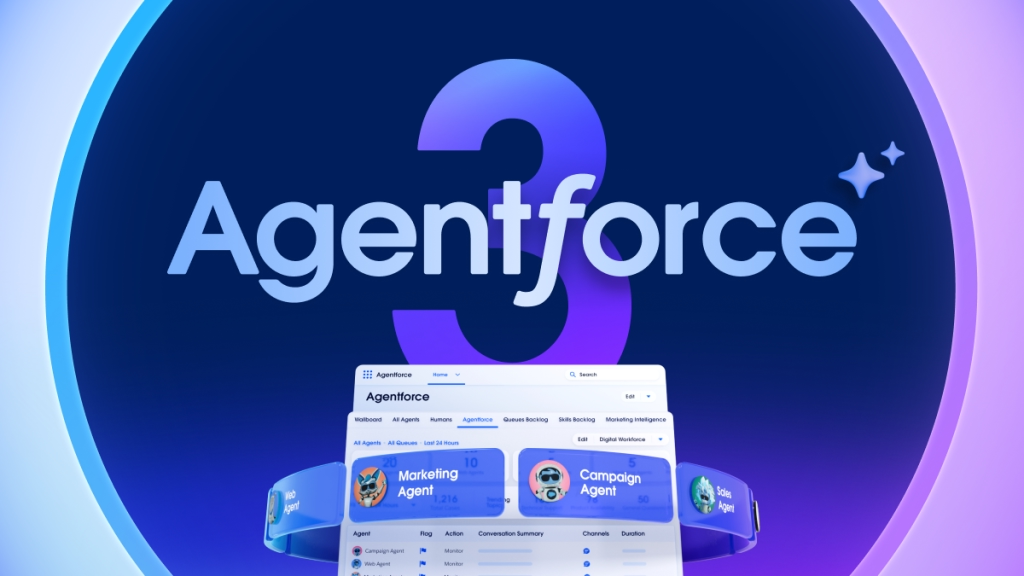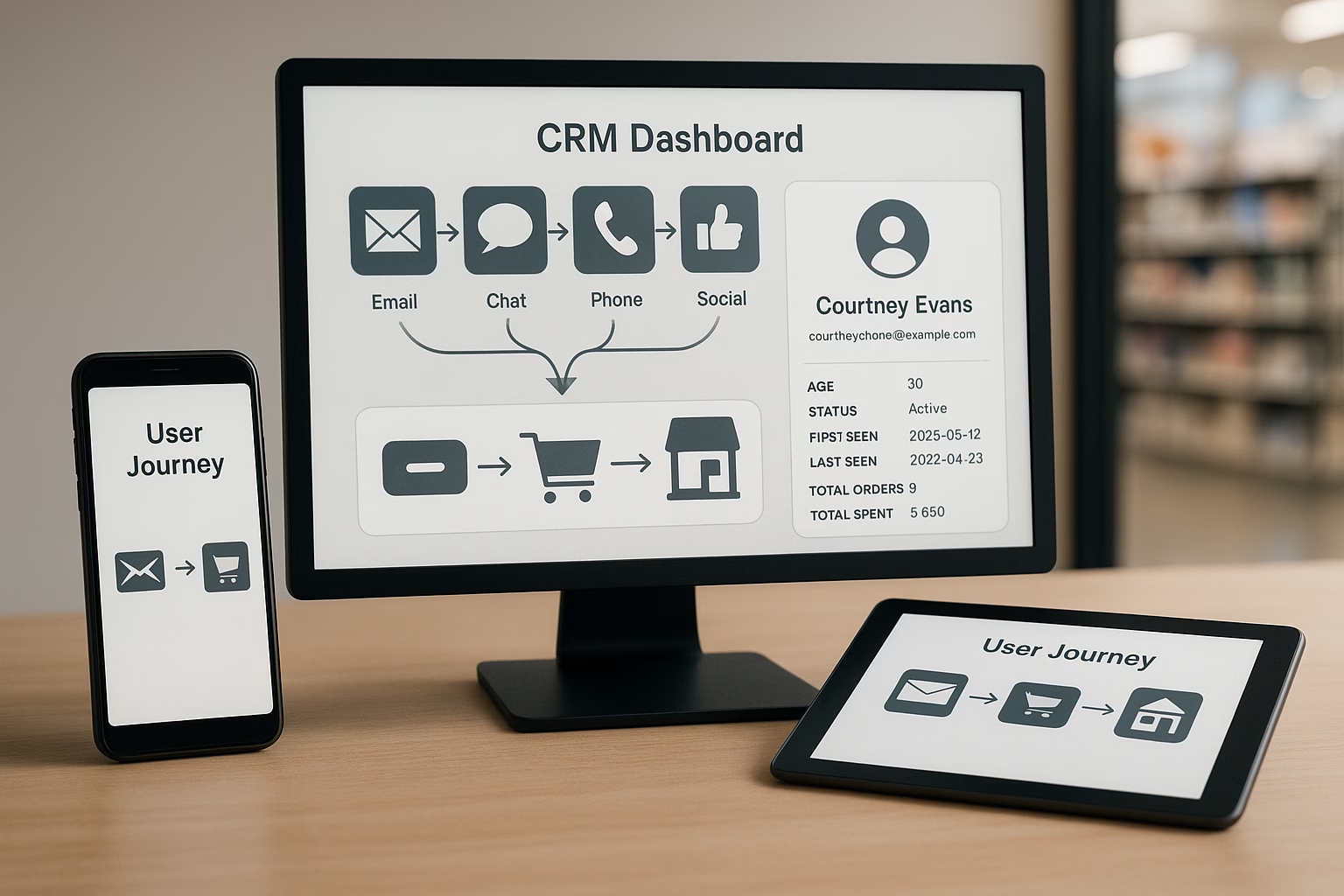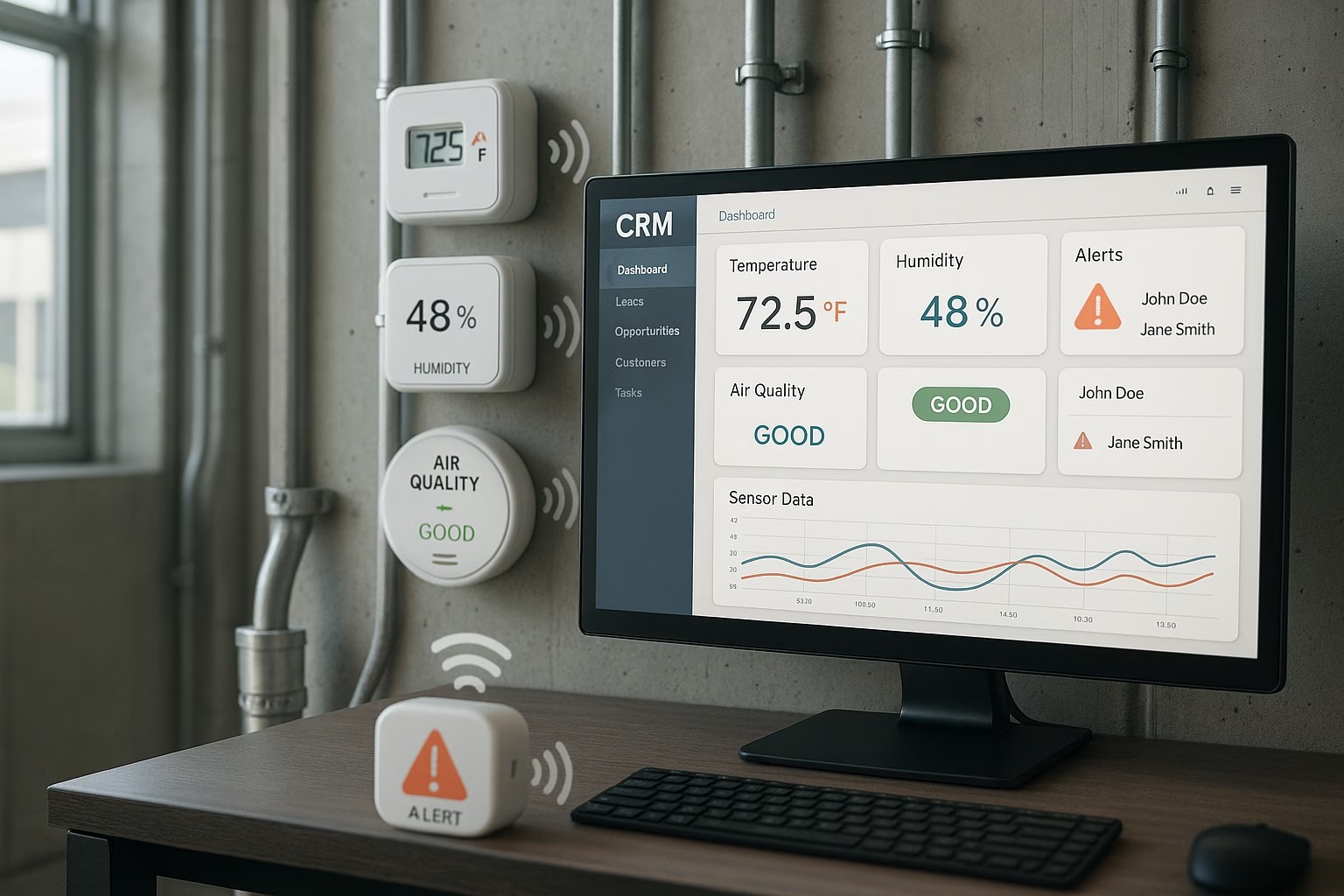Across industries, everyone is talking about AI. You’ve probably seen the same pattern inside your own organization: teams experimenting with copilots, chatbots, or small autonomous tools that promise to save time or unlock new efficiencies. The potential is enormous, but if you’re leading digital transformation, you also know what’s happening behind the scenes. Every new agent adds another connection, another risk, and another system that someone has to monitor. It’s exciting, but it’s also getting messy quickly.
This is exactly the problem MuleSoft has set out to solve with Agent Fabric. If you already use MuleSoft to connect data and applications, this new capability extends that same discipline to the emerging world of AI agents. And if you’re serious about scaling AI responsibly, it’s something you should be paying close attention to. At Sirocco, we see Agent Fabric as a turning point. It offers a way to bring order and trust to the next phase of enterprise intelligence, without slowing innovation down.
From Integration to Intelligence
For years, MuleSoft has been the quiet backbone of enterprise connectivity. APIs made it possible to turn fragmented systems into something cohesive and predictable. But the world is moving beyond simple data exchange. The new challenge is coordinating intelligence. Agents that not only connect systems but understand and act across them. If you’re already experimenting with AI, you’ve probably noticed how quickly things spread. Different teams build their own automations on different platforms. Some work beautifully; others remain proofs of concept. Soon you have what analysts are calling agent sprawl—a growing number of disconnected tools, each operating with limited visibility or governance.
Gartner predicts that within the next year, more than half of large enterprises will have at least one AI agent running in production. The majority will lack a centralized way to manage them. MuleSoft’s Agent Fabric tackles that problem directly. It introduces a framework where every agent is discoverable, governed, and observable from the start.
What Agent Fabric does
Think of Agent Fabric as a management layer for AI agents inside the enterprise. It gives you a unified space to register, orchestrate, secure, and monitor how agents work together across systems. MuleSoft describes this as four foundational capabilities that together turn experimentation into enterprise architecture.
| Capability | What It Does | Why It Matters |
|---|---|---|
| Agent Registry | A central directory where every AI agent, tool, and integration endpoint is registered and documented. | Prevents duplication and shadow AI initiatives. Teams can discover and reuse what already exists, creating faster and more consistent innovation. |
| Agent Broker (Orchestration) | A routing and coordination layer that determines which agent or tool should handle a specific task. | Enables multi-step workflows and collaboration between agents across departments and domains. |
| Agent Governance | Enterprise-grade guardrails using MuleSoft’s Flex Gateway to control access, data handling, and policy compliance. | Ensures every agent action follows organizational and regulatory requirements. Builds trust and accountability into automation. |
| Agent Observability | A real-time view of how agents interact, what decisions they make, and how they perform across systems. | Brings transparency and auditability, helping teams detect issues, measure outcomes, and maintain oversight. |
Together, these components create a connected, governed ecosystem for intelligent automation. They give you the control you expect from MuleSoft with the flexibility required for AI. As you move from pilot projects to scaled AI operations, this balance between innovation and control becomes the foundation for sustainable growth.
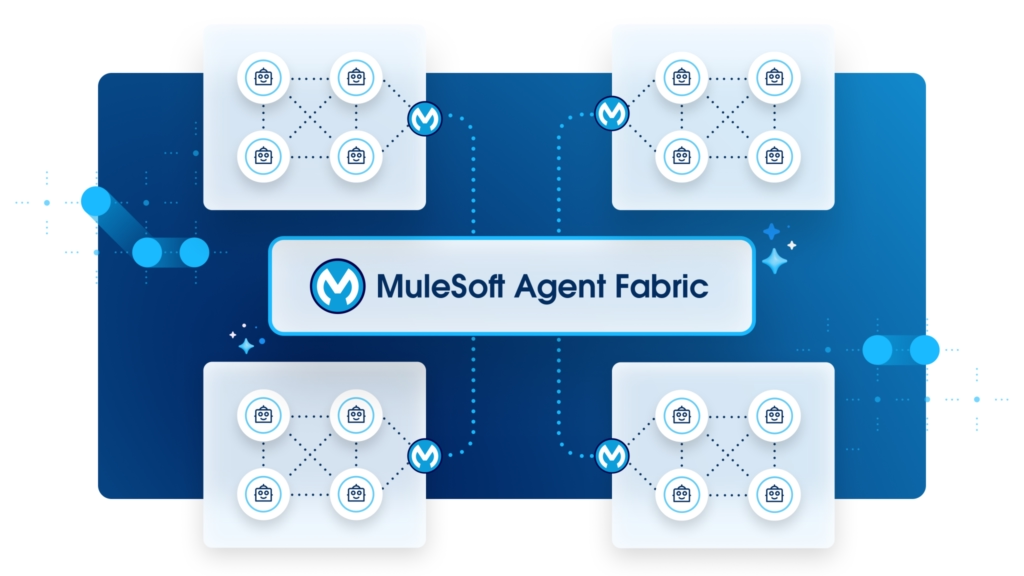
Why this matters to you
You’ve probably seen the excitement around generative AI turn into a flood of small projects. Each tool delivers localized value, but few connect to core business systems or follow enterprise policies. That’s a problem because AI doesn’t scale through enthusiasm alone. It scales through architecture. Agent Fabric provides that structure. It enables you to treat AI agents as part of your integration strategy, rather than a separate initiative. That means you can reuse the security, compliance, and monitoring principles you already have in place rather than creating something new from scratch. This isn’t just about avoiding chaos. It’s about turning AI into an operational capability you can trust. With centralized visibility, consistent policies, and reusable components, you can move faster without losing control.
Agent Fabric delivers value on several levels. At the most immediate level, it brings governance to an area that desperately needs it. When agents can take action across multiple systems, oversight becomes non-negotiable. With policies embedded directly into the platform, you can define who and what each agent can access. It also builds trust. Transparency and auditability turn experimentation into something enterprise-ready. You can see what decisions were made, what data was used, and how each action aligns with your compliance standards. Scalability follows naturally. Once governance and trust are in place, you can expand your use of AI with confidence, knowing that every new agent fits within the same operational framework. And finally, Agent Fabric supports reuse. A central registry encourages collaboration across departments. Instead of building yet another assistant or automation, teams can extend or repurpose what’s already been proven. The result is faster innovation with fewer risks and lower costs.
For large organizations, this combination of structure and flexibility is what’s been missing in the race toward AI adoption.
Why MuleSoft’s approach stands out
Many vendors are introducing orchestration or agent management tools, but MuleSoft brings two decades of hard-earned experience in enterprise integration. That matters because the challenges are the same: security, compliance, observability, and scale. Agent Fabric isn’t a separate ecosystem. It’s built on the same architecture that already connects data, APIs, and systems across most of the Fortune 500. This means you don’t have to reinvent your infrastructure or manage yet another platform. You simply extend your existing MuleSoft capabilities to cover AI agents. It also supports open standards like the Model Context Protocol and agent-to-agent communication frameworks. You can connect agents from other vendors without losing governance or visibility. The result is something rare in the AI landscape: a platform that’s powerful enough for innovation yet disciplined enough for enterprise use.
Agent Fabric introduces new responsibilities. Governance policies need careful thought to avoid limiting agent usefulness. Compatibility between platforms may require new connectors. Testing must evolve because agents, unlike code, can behave differently under varying conditions. These are healthy challenges. They mark the moment when AI stops being a lab experiment and becomes part of daily operations. The organizations that address them now will set the standards everyone else follows later.
If you’re already using MuleSoft, you’re in an ideal position to explore Agent Fabric. You understand the principles of API-led connectivity, and this builds directly on that foundation. Getting ahead of this curve matters. Enterprises that implement governance early consistently report higher returns on their AI investments and fewer compliance incidents. With Agent Fabric, you can operationalize those best practices right away instead of patching them together later. For many leaders, the question isn’t whether to adopt AI, but how to do it responsibly. We believe Agent Fabric provides an answer that’s both strategic and practical.
How Sirocco can help you get there
As one of MuleSoft’s trusted partners, Sirocco helps organizations bridge the gap between integration and intelligence. We’ve been guiding clients through this shift, helping them build architectures where AI and governance work hand in hand. Our approach starts with understanding your current landscape: where AI is already in use, how data flows across systems, and where governance gaps exist. From there, we help design policies, connect agents to secure data layers, and create visibility dashboards that make complex environments manageable again. The goal is simple. You should be able to innovate confidently, knowing every intelligent action is secure, traceable, and aligned with your business objectives. With Agent Fabric, that goal is finally within reach.
Now what?
AI is entering a new stage. It’s no longer about what a single model or assistant can do but how multiple intelligent systems collaborate safely within the enterprise. Agent Fabric offers a way to make that collaboration reliable and accountable. For you as a business leader or technology architect, this is the moment to lay the groundwork. The organizations that move first will not only gain speed but also build trust and resilience into their AI strategies from the start. At Sirocco, we believe integration and intelligence are becoming one and the same. Agent Fabric is the framework that makes that possible. If you’re ready to see how it can fit into your architecture, we’d be glad to guide you through it:
LinkedIn Caption: AI adoption is accelerating—but so is complexity. As enterprises build more agents and automations, visibility and governance are becoming the new competitive edge. MuleSoft’s Agent Fabric is a powerful step forward: a framework for managing, securing, and scaling AI agents across your business. In our latest insight, we explore what Agent Fabric means for enterprise architecture and how Sirocco helps organizations turn AI into a trusted, governed capability. 👉 Read the full article on the Sirocco blog.
